LVMH vs Kering: Inside Bernard Arnault and François-Henri Pinault’s Battle to Conquer Hollywood
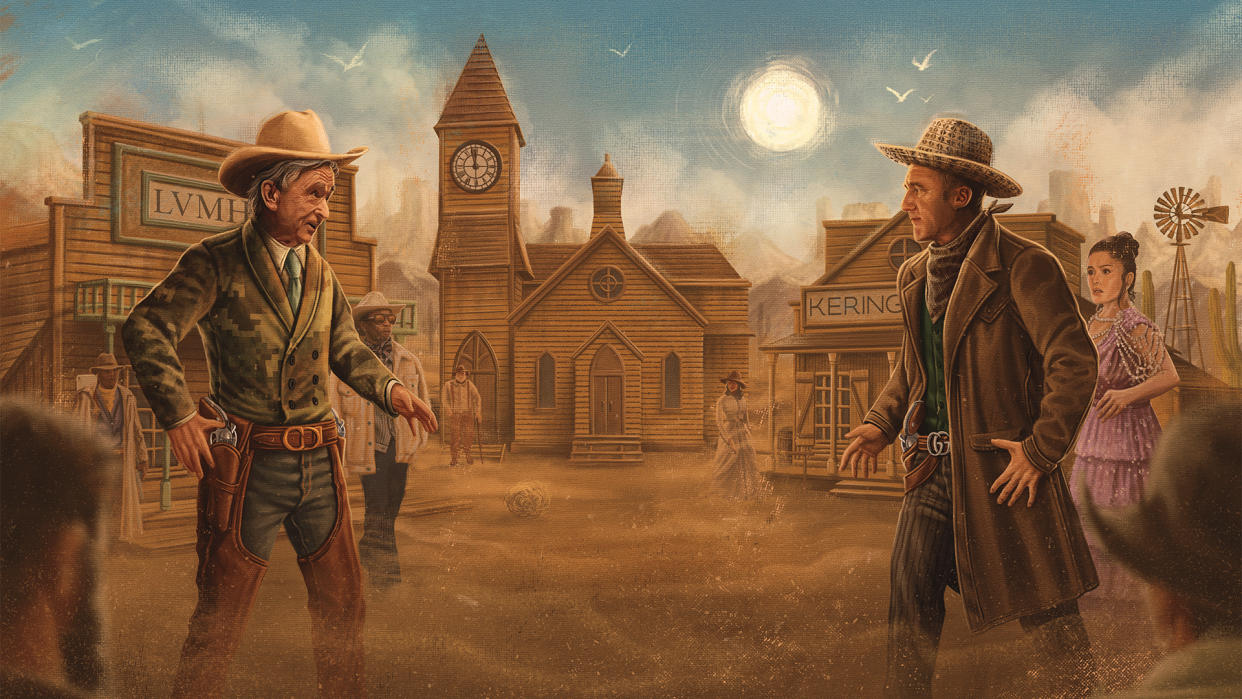
- Oops!Something went wrong.Please try again later.
- Oops!Something went wrong.Please try again later.
- Oops!Something went wrong.Please try again later.
- Oops!Something went wrong.Please try again later.
Hollywood is famously awash in irony and blood feuds. So perhaps it’s fitting that, after locking horns for decades in Europe over Gucci, Hedi Slimane, and the finest Champagnes, Bernard Arnault and François-Henri Pinault have exported their Gallic rivalry across the Atlantic, each billionaire now determined to conquer the epicenter of film and television just as he has vanquished the world of luxury.
The dueling titans are building foundations in Hollywood that could be transformative not only for their many brands—which are chockablock with unplumbed archives—but also for the entertainment business, which knows how to tell a compelling tale. Last September, Pinault, chairman and chief executive of Kering, bought a majority stake in the CAA talent agency for a reported $2.8 billion through his family’s private-investment group, Artémis. Kering, a publicly traded company controlled by Pinault, was not directly involved, but the move raised speculation that its brands—which include Saint Laurent, Alexander McQueen, Gucci, Balenciaga, and Boucheron—could benefit from entertainment relationships, particularly among celebrities, who remain the world’s most powerful influencers.
More from Robb Report
Only Watch Is Back and Founder Luc Pettavino Says the Embattled Auction 'Won't Be Silenced'
Kering's Shares Are Down 18%, and It's Hitting François Pinault's Pocket Book
3 Watch-World Powerhouses Teamed Up on a Gorgeous New Vintage-Inspired Timepiece
Months later, Arnault, chairman and chief executive of LVMH (also a public company), one-upped Pinault by launching an entirely new entertainment studio in partnership with well-connected Hollywood marketing veterans who—in case the move didn’t sting enough—once worked for CAA. Arnault named the studio 22 Montaigne Entertainment, after his company’s plush address in Paris’s 8th arrondissement, and placed his eldest son, Antoine, in charge.

By the time its formation was announced in February, 22 Montaigne, via its new partners at Superconnector Studios, was reportedly already in talks with potential collaborators, such as Imagine Entertainment, founded by Ron Howard and Brian Grazer, and Reese Witherspoon’s Hello Sunshine. The latter, known for The Morning Show and Big Little Lies, focuses on stories about women, who happen to be LVMH’s primary consumers. Imagine the dramatic—not to mention comedic—tales buried in the vaults of a company that owns Louis Vuitton, Christian Dior, Givenchy, Tiffany & Co., and Dom Pérignon, among dozens of other top names. The possibilities for brand-centric film, television, streaming, and podcast projects that can bring their archives to life are practically endless.
What we’re seeing in real time is a collapsing of the traditional walls between entertainment and luxury—or, more bluntly, a disintegration of the space between storytelling and advertising. Fashion houses have long made nimble use of respected contemporary artists, enlisting them for merchandise collaborations in order to inject a dose of highbrow imprimatur into their wares. More recently, this fluidity has infiltrated the music industry: Pharrell Williams, the massively successful recording artist and producer, is not a trained fashion designer but last year was named creative director of Louis Vuitton menswear, where he’s churning out vibe-y videos, shutting down Paris streets with fashion shows, and racking up social-media engagement. Fashion is now aiming squarely for your screens.

“The sectors of film and art and fashion have become so intertwined today that there’s no separation,” says Robert Burke, chairman of the consulting firm Robert Burke Associates, who counts several luxury giants among his clients.
In front of the camera, fashion and film have been cozy for decades, trading on celebrities’ fame for advertising campaigns and costuming deals. Designers nurtured close liaisons with stars—think of the symbiotic relationship between Hubert de Givenchy and Audrey Hepburn or the way Giorgio Armani burst into our collective consciousness (and wardrobes) by outfitting Richard Gere in American Gigolo. The occasional lucky release has also proved beneficial: The film adaptation of The Devil Wears Prada, the plot of which had next to nothing to do with the Italian maison, elevated it to household-name status in the 2000s, and a certain jeweler has been dining out on Breakfast at Tiffany’s for over six decades. “Still today, that movie and the image of Audrey Hepburn drive tremendous traffic to the Tiffany store,” Burke says.
Fashion-centric documentaries, from 1995’s Unzipped to Dior and I in 2014, have proved surprisingly appealing and competition shows à la Project Runway oddly enduring. Now, top houses are recognizing film and TV as more than publicity platforms: They see them as a means to expand the mass appetite for high fashion through entertainment, not just via fragrances and wallets.
One of the curiosities about Pinault’s and Arnault’s forays into Hollywood is how secretive they’ve both been about something so very public. (Both declined to comment for this article or to make any executive available for an on-the-record interview.) In fact, while it’s usually buyers who make announcements of this nature, a press release on the sale of the CAA stake was issued by the seller, TPG, which clearly wanted to trumpet the deal to its investors. Pinault was quoted in TPG’s release, noting that CAA would add “increased diversity, both in terms of geographical footprint and business activities” to Artémis’s $43 billion in assets. He has nevertheless declined every interview request. His longtime spokesman at Kering says that CAA is a private family-investment matter.
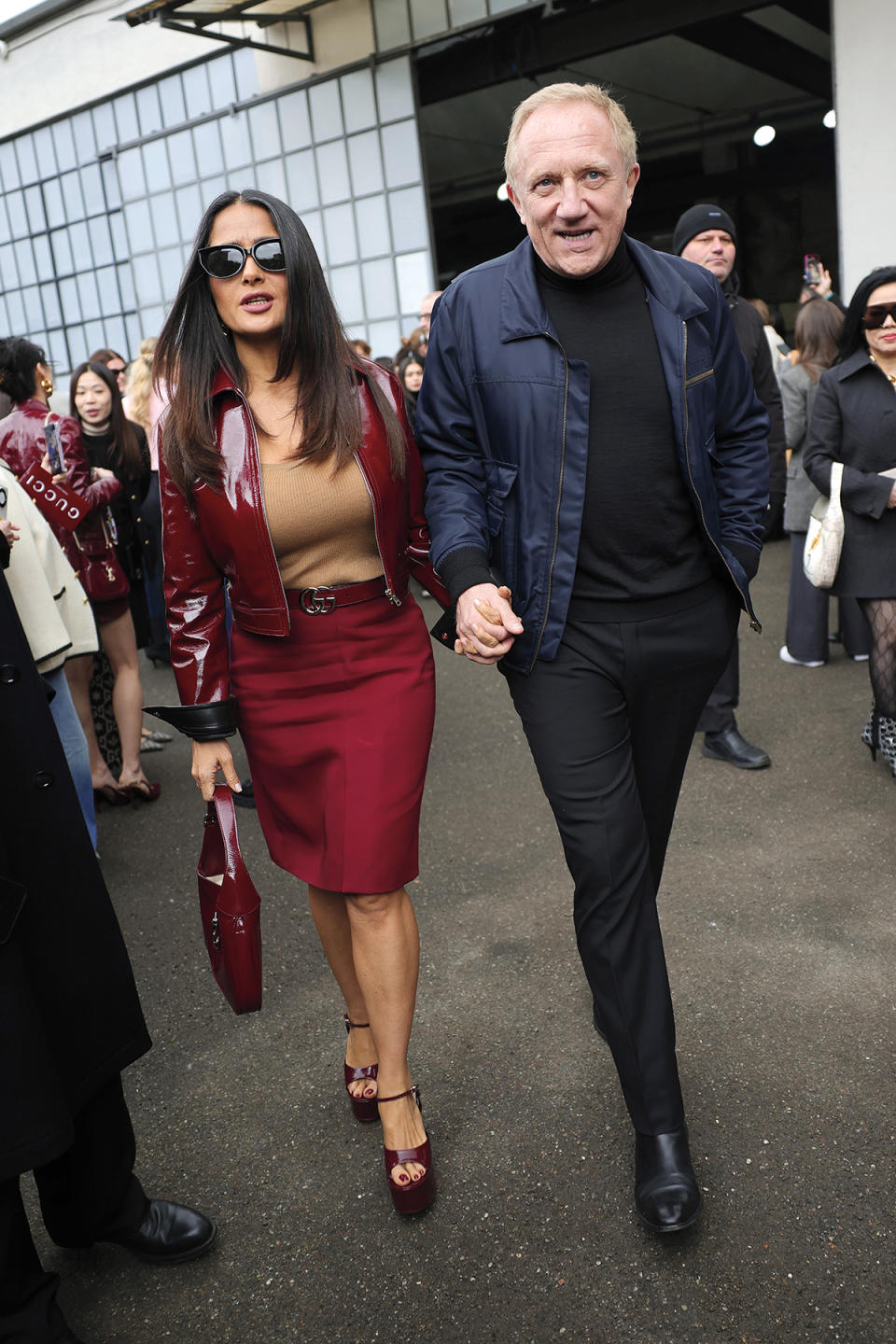
Week in February.
LVMH made its own announcement about 22 Montaigne’s launch, sending out a three-page press release from Paris and serving up a few interviews in the business media with its North American chief executive, Anish Melwani, who will manage the operations of the studio along with Antoine Arnault, head of LVMH image and environment. Melwani’s interviews appear to have been seen within the company as a rare misstep. When the news made global headlines—from the Financial Times to Fortune to Fast Company—LVMH and its partners at Superconnector Studios retreated, halting all interviews. “It took them by surprise that this got the amount of attention it got,” a person close to LVMH tells Robb Report, calling the coverage “overblown.”
Arnault and Pinault are not pioneering the alignment between Hollywood and consumer brands. Nike’s Waffle Iron Entertainment, launched in 2021, already has a first-look deal with Apple TV+ and produced The Day Sports Stood Still for HBO, as well as Apple TV’s Ja Morant docuseries Promiseland, merging sports-oriented content with Nike’s athletic products. In fact, one of 22 Montaigne’s partners at Superconnector, a Hollywood marketer named Jae Goodman, helped create Waffle Iron Entertainment. (As for Air, the 2023 film about Michael Jordan’s Nike deal, Ben Affleck and his fellow producers boxed out the sneaker giant.) And last year, Authentic Brands, which owns the intellectual property for dozens of marques, from Barneys New York to Elvis Presley to David Beckham, launched Authentic Studios to build films, television shows, and other entertainment around its brands.

The approaches taken by the two Frenchmen—the mirthful François-Henri Pinault, known by friends as FHP, and the meticulous Bernard Arnault, affectionately called Monsieur Arnault—reflect how they run their respective corporate empires. In some ways they’re mirror images, each building businesses from luxury goods and related playthings of the rich and famous. Their private family offices even neighbor each other across a quiet plaza in Paris not far from the Grand Palais, with Arnault’s Financière Agache located at 11 rue François Premier, and Financière Pinault just down the rue at number 12.
The people who run fashion houses don’t give a shit about the corporate synergies. You can’t tell them they have to use Tom Cruise.
LVMH dwarfs Kering by many measures. Its 75 brands are deep with heritage, often centuries old, and generated revenues of over $93 billion in 2023, while Kering’s dozen or so properties are younger and produced over $21 billion in revenues last year. The conglomerates have been fierce rivals for decades, competing with each other not only for retail sales but also for companies and talent. Their struggle for control of Gucci in the late 1990s, when Tom Ford was arguably the most influential designer on the scene (and Pinault’s father, François, faced off against Arnault), was epic, and top names have often bounced between the two camps, most notably Hedi Slimane, who jumped from LVMH (Dior Homme) to Kering (YSL) and back (Celine). Taking notes, screenwriters?
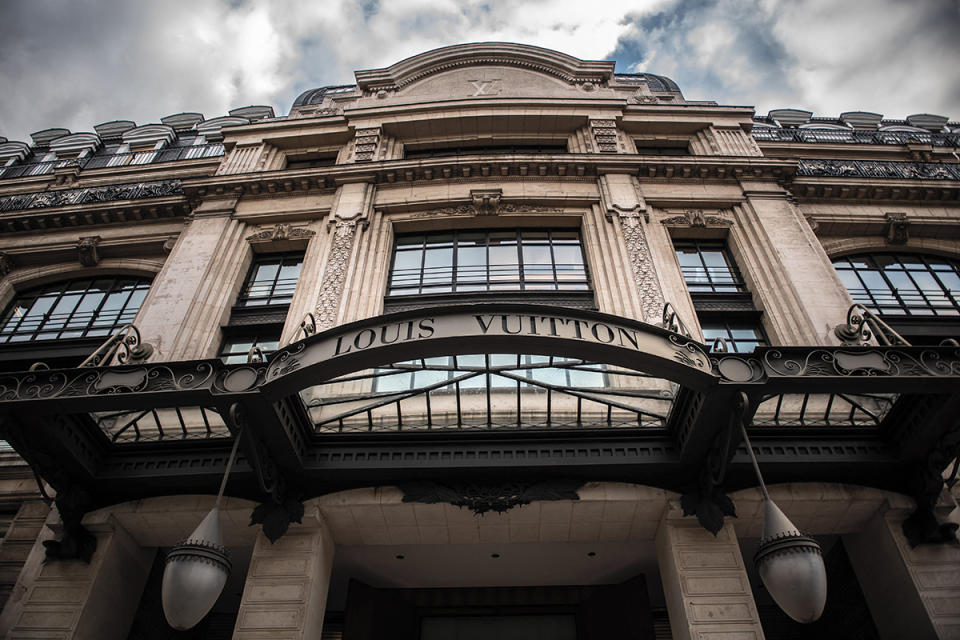
While Arnault is an efficient planner who keeps things centrally organized—opening a Hollywood studio to serve all of LVMH fits his profile perfectly—Pinault can be more capricious and prefers to leave details up to brands and their managers. Arnault’s Hollywood maneuvering appears coolly calculated, while Pinault’s multibillion-dollar investment for 56 percent of CAA has proved something of a head-scratcher to observers from both industries. “If you would have asked me who would come along to acquire CAA, it certainly wouldn’t have been a company that was rooted in fashion and luxury,” says Keith Baptista, cofounder of Prodject, which forged early connections between fashion and entertainment with shows such as Rihanna’s Savage x Fenty special on Prime Video.
Still, in an age when celebrities are the most valuable influencers (think Anya Taylor-Joy’s gushy Instagram post thanking Dior, Tiffany, and Jaeger-LeCoultre for her Oscars ensemble in March, which has garnered 2.6 million likes from her 10.4 million followers as of press time, or Taylor Swift’s 283 million Instagram followers, which make her a one-woman media empire) and when creative direction is more about cultural access than apparel design, Pinault now has one of the most potent contact lists on the planet. CAA represents thousands of actors, directors, models, musical artists, athletes, coaches, and other stars. Its agents are some of the world’s most adroit dealmakers. The firm, whose stone-and-glass headquarters looms over Century City, Calif., boasts that it pioneered talent agencies’ incursion into the sports business, investment banking, venture funds, and brand-marketing services, not to mention developing a business arm in China, which is every luxury executive’s fervent dream market.
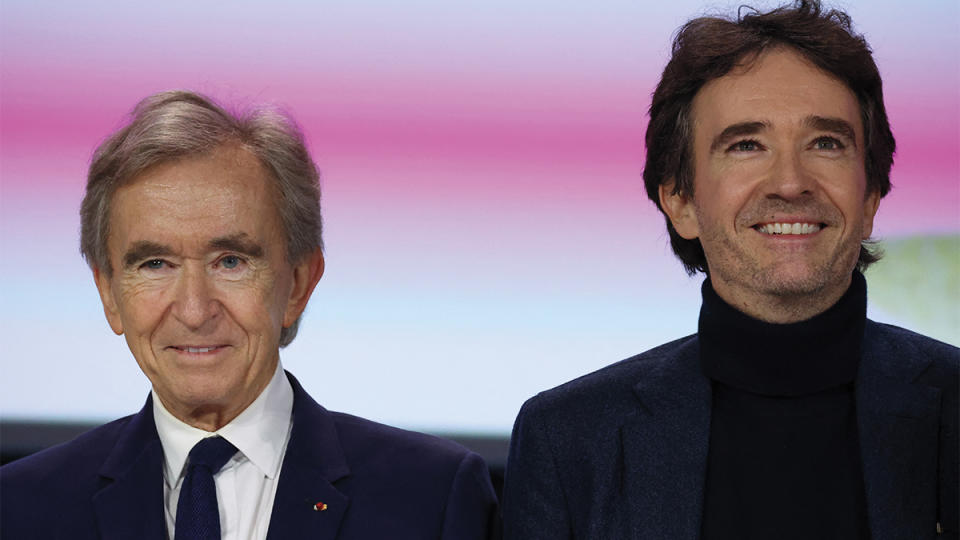
Hollywood observers suggest the real winners of the deal are the cochairmen of CAA—Bryan Lourd, Richard Lovett, and Kevin Huvane—who have an opportunity to unload part of their own stakes for as much as $200 million, according to a report in the Financial Times last September. Then there’s former majority owner TPG, the financial-services firm that sold its shares to Artémis. TPG, which first bought a piece of CAA in 2010, had been looking to cash out of the long-held investment and realize its gains without having to invest more in the agency’s future growth. Few clear options emerged until Pinault happened along.
“Do I think it’s good for Richard, Kevin, and the management team? Yes,” says an executive at a rival agency, who suggests that CAA is a trophy acquisition for the Pinaults. In addition to the family’s stake in Kering, CAA will sit alongside a billionaire’s playground of other assets: Christie’s auction house, Artémis Domaines estates, French soccer team Stade Rennais F.C., several media and tech investments that include a stake in TikTok-owner ByteDance, and a substantial private art collection.
This executive questions, however, whether the family is prepared to invest the additional money required to expand CAA as its rivals, including United Talent Agency and William Morris Endeavor, push into new fields, and as revenue streams morph. “Do I think it’s good for CAA in the long run? No.”

But from CAA’s perspective, according to an insider there, Pinault represents a smart, hands-off owner much like TPG was, and not just a private-equity investor with a short-term outlook. It’s expected that board seats will be taken by either Pinault or his Artémis deputy chief executives, Héloïse Temple-Boyer, who sits on Kering’s board, and Alban Gréget.
“We’re not part of his company. We’re just another investment,” this insider says of Pinault. “He knows what he knows. He knows what he doesn’t know. He lets people manage. TPG was the same way.”
But CAA also apparently believes that Pinault has something to offer the agency other than cash. “He has a familiarity in businesses driven by talent. That’s something that he has that normal private equity doesn’t,” the insider says. “We’re just at the beginning stages of figuring out what those opportunities are.”
Adding to the trophy speculation is the presence of Pinault’s wife, the 57-year-old Oscar-nominated actress Salma Hayek, the mother of his youngest child. (Another of his four children is just a year older and is the son of supermodel Linda Evangelista.) Pinault, who is 61, is often photographed standing behind Hayek, unidentified by paparazzi but holding her coat and bag while she signs autographs.
Hayek is represented by CAA, which now answers to her husband. A person who has worked under Pinault for years notes that the actress is close with several of CAA’s principals. “If you want my opinion,” they say, “I think the whole thing is kind of strange. I think it’s Salma-inspired.”
Several Hollywood executives, none of whom would speak on the record, challenged initial speculation that Pinault’s control of CAA will help Kering recruit talent to wear or advertise its labels. Proposing such alliances might instead raise suspicions that they are more for the benefit of Kering and CAA corporately.
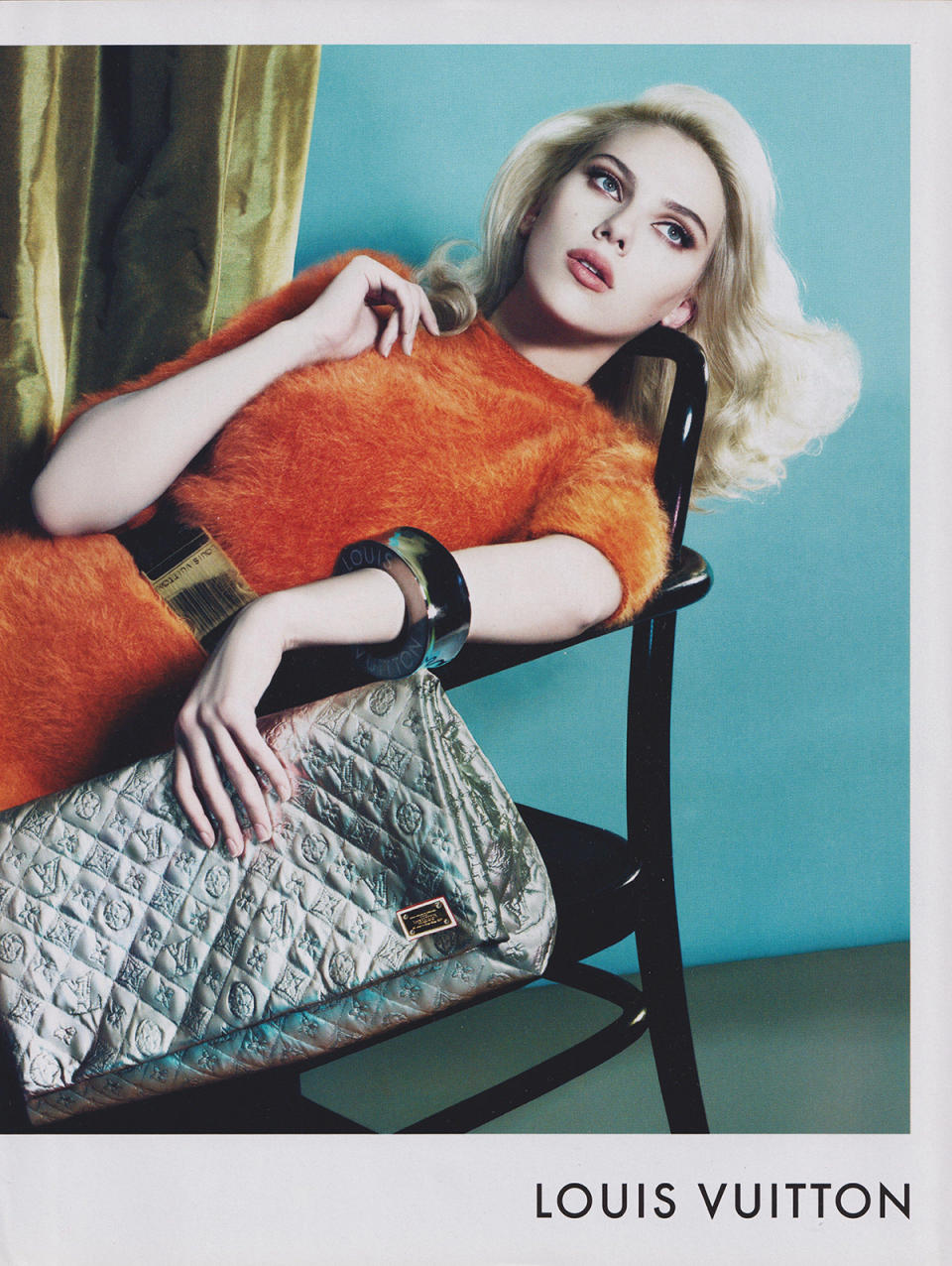
“You can’t just jam people in. The agents are going to ask for the richest deal,” says another agency rival, who cites the fiduciary responsibility that agents have for their clients’ best interests. What’s more, the rival adds, “The people who run fashion houses don’t give a shit about the corporate synergies. You can’t tell them they have to use Tom Cruise.”
Like LVMH, Kering is also backing at least one filmmaking venture in support of its brands’ entertainment ambitions. Saint Laurent made a splash at Cannes last year, not just on the red carpet but also by producing a short cowboy movie by acclaimed Spanish director Pedro Almodóvar, starring Ethan Hawke and Pedro Pascal, called Strange Way of Life.
If you would have asked me who would come along to acquire CAA, it certainly wouldn’t have been a company that was rooted in fashion and luxury.
The title is the first from Saint Laurent Productions, a film-production company the label launched last year, led by its creative director, Anthony Vaccarello. The designer has more projects in the works by Oscar-winning director Paolo Sorrentino and heavyweights David Cronenberg, Abel Ferrara, Wong Kar-wai, Jim Jarmusch, and Gaspar Noé.
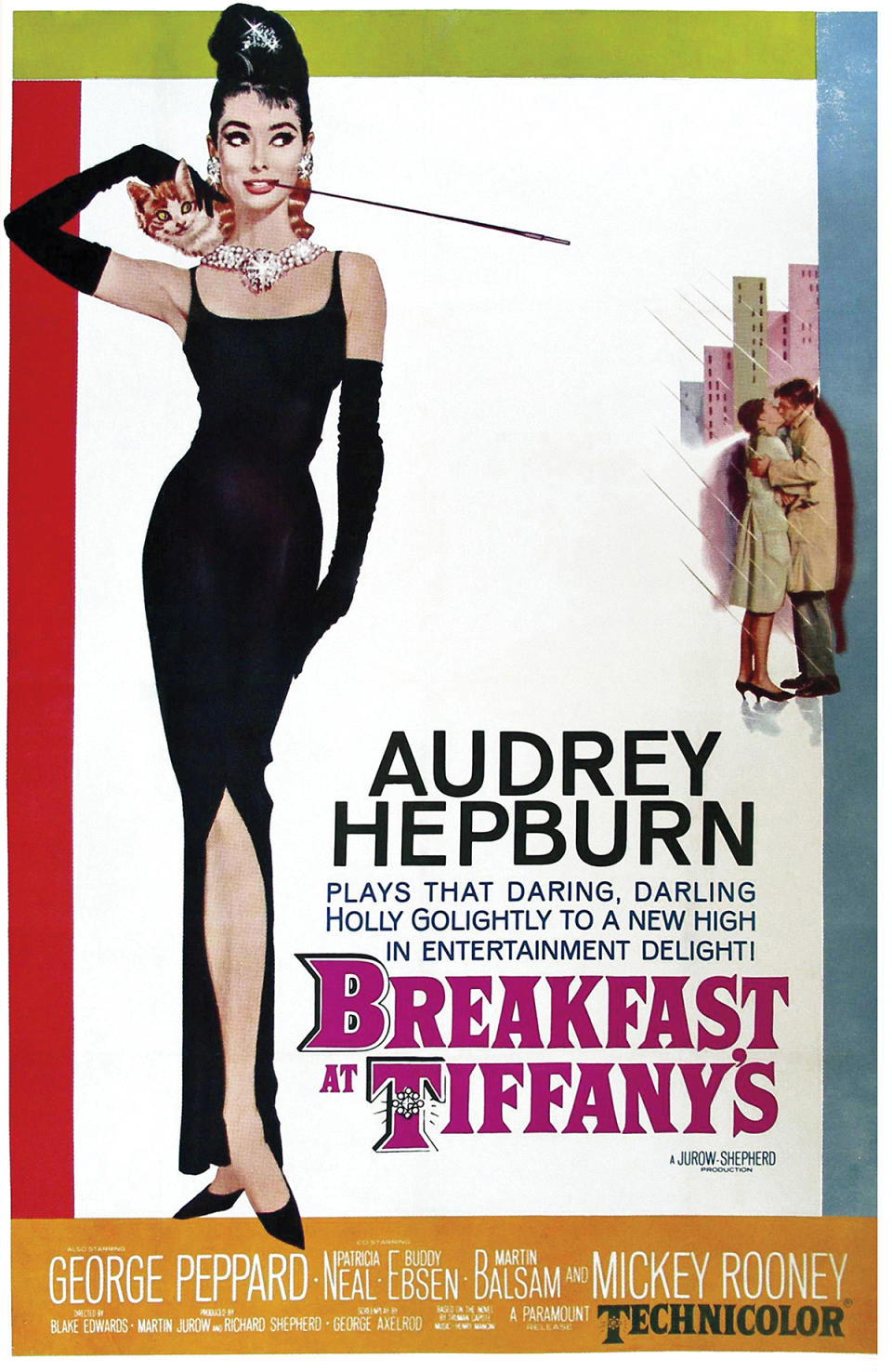
Vaccarello designed the costumes for Strange Way of Life, so it’s a safe bet that he’ll do the same for future films. People close to the label say the venture began because Vaccarello, a film lover, pressed for the new creative outlet. (He’s not the first designer to catch the movie bug: Tom Ford directed two acclaimed—and, naturally, stylish—features before selling his eponymous brand to Estée Lauder last year; he now focuses full-time on moviemaking.) At the Saint Laurent Productions launch in April 2023, Vaccarello told Variety that filmmaking gives him “the opportunity to expand the vision I have for Saint Laurent through a medium that has more permanence than clothes.”
“You can still see a film in 10 or 30 years, if it’s good,” the designer said. “In some ways, making a film can be more impactful than a seasonal collection. For me it’s a natural extension to another field of creativity that perhaps is more general and popular.”
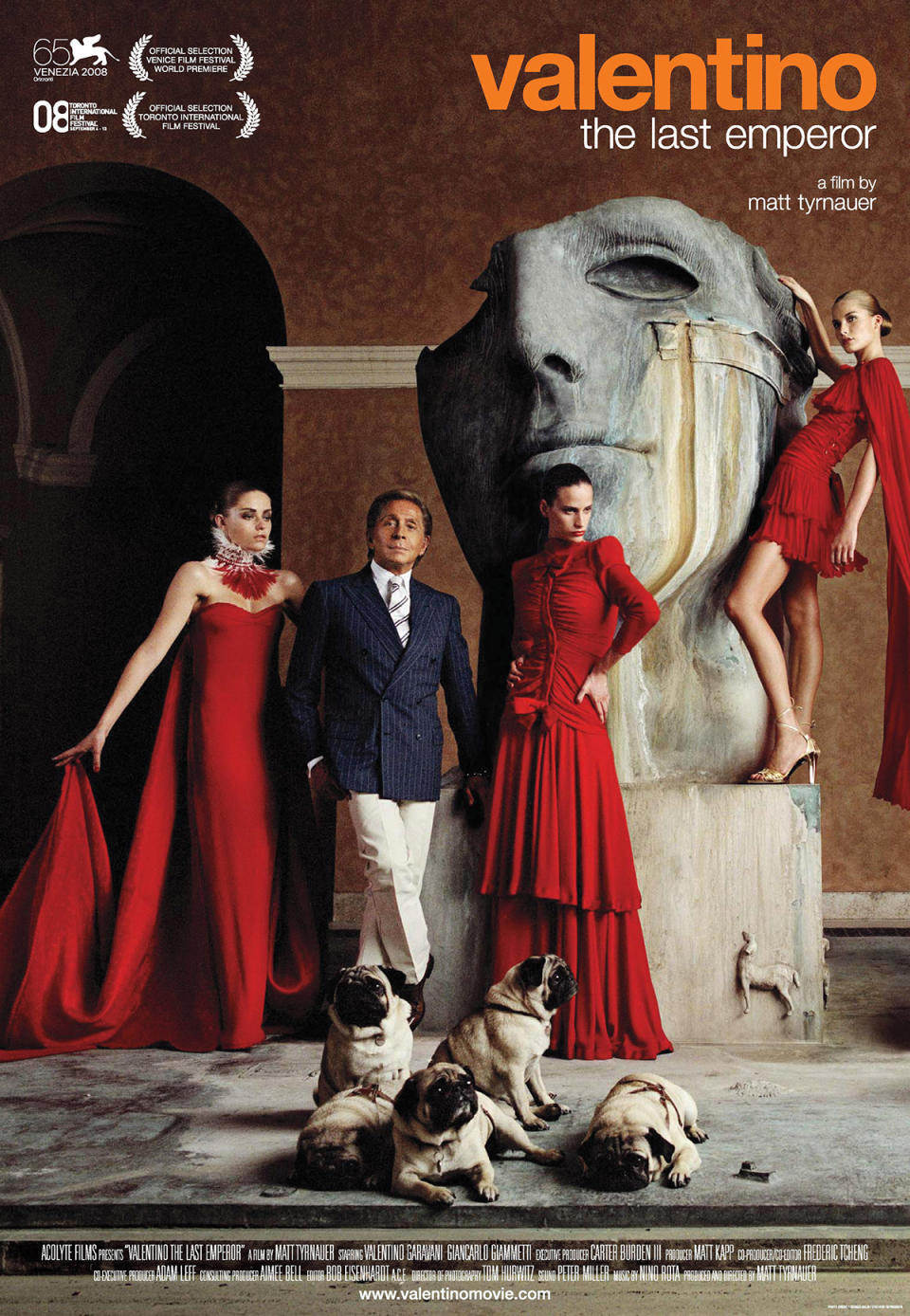
One more thing promises to be new and fascinatingly strange about these luxury conglomerates’ invasion of the Hollywood jungle: Their investments will certainly make odd bedfellows, albeit indirectly, of Pinault and Arnault.
There is every likelihood that Arnault’s 22 Montaigne will soon be dealmaking with Pinault’s CAA to lock in directors, writers, and stars. Scarlett Johansson is both a CAA client and a Louis Vuitton brand ambassador. Natalie Portman, also repped by CAA, is a leading face for Arnault’s pet label, Dior, which is the first luxury house he bought when building LVMH.
Such crossovers aren’t unusual in Hollywood, where individuals are accustomed to working for rival studios or networks. Unheard of, though, is Arnault’s paying Pinault, via CAA, for the privilege—and here’s our elevator pitch—of signing Ryan Gosling to a Netflix drama, directed by Steven Spielberg, that tells the story of a 17th-century Benedictine monk who perfected the making of Champagne. Dom Pérignon: The Movie, coming soon?
Sign up for Robb Report's Newsletter. For the latest news, follow us on Facebook, Twitter, and Instagram.

